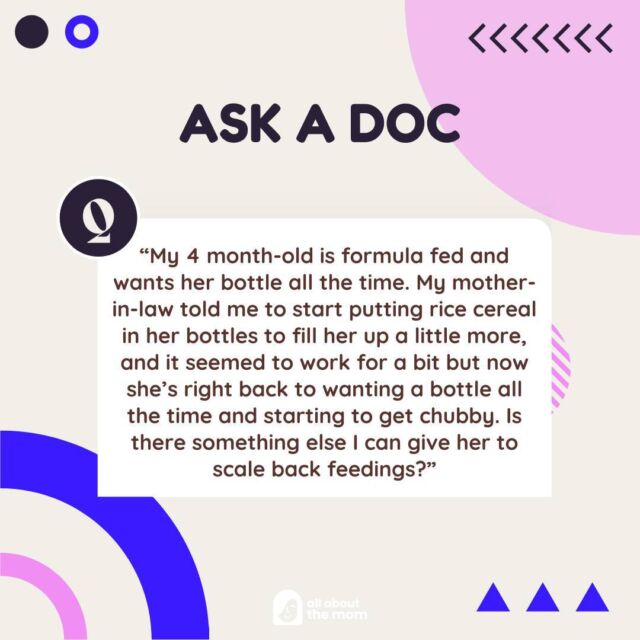Whether you’re working out homeschooling for the first time or just planning the next year/section, there are some things you can do to help make things go smoother. It does take some trial and error, so it’s important to give you and your kids a chance to get acclimated.
Kids are constantly changing, which means plans are too. You can go into this with a strict schedule, but understand that it may shift. It helps to figure out some things before you begin planning, but adjust if things aren’t working. Here are some great places to start as you plan out your homeschooling.
Decide on goals with children individually.
As you go into this, whether it’s goals for the whole year or just the week, you need to consider each child individually. Even if your kids are close in age, they’ll still have different skills and things they need to learn. Be sure to keep these goals fair. You probably won’t reach all of them, but decide together on the most important things to get done.
You could decide which subjects to focus on or improve your child’s reading skills. Ask for your child’s input about what they want to learn too. Leaning into their interests in addition to the core subjects, like math, reading, and writing is essential in making it work. Your kid will be much more attentive if you discuss something they’re interested in.
Decide on style (can adjust later)
There are a few options for homeschool moms to choose from when it comes to the approach. You can go strict curriculum where you have everything planned out, or you can unschool, where your kid leads the choice of subjects, or you can go for something in between.
For me, I choose in between. I like to focus on what my kids want to learn, but I also have things they need to know, like reading, writing, and math. I bought a curriculum too, but only use certain pieces of it and combine it with stuff like YouTube science videos and ABC Mouse. Learning what works best for you and your kids can take a few tries to get right. You may start with a particular approach but change it if you realize it’s not working. The important thing about planning is realizing that the plan can change, and that’s okay.
Math out the days and hours
Depending on where you live, the rules may be different. In Wisconsin, we’re supposed to hit 875 hours. You can math it out to get an idea of what this looks like. I focused on a traditional school year, but I may adjust that. There’s so much that can count as homeschooling that you’ll be doing some stuff over the summer, too, so you might as well count it.
See also: Activities that you may not know count as homeschooling
I figured out ours was about 3-4 hours daily if you kept to the traditional school year. I also factored in holiday time and time when my husband was off, so we were pushing to do a bunch of school on those days. You can also plan which days of the week to do school. Just like with summer, my kids still do things on the weekends that count, such as ABC Mouse. Counting the stuff they do on “off” time will also help reduce some of the time on other days. Dividing it out will help you determine how many hours per day and how many weeks you need to complete the hours.
Look at curriculums
As I mentioned, I have a curriculum but only use some things in it. I take out the pieces I like and work best for my kids. There are some pieces that I don’t focus on and other sections that I devote more time to.
Look around and get recommendations from friends and family who homeschool before buying one. Some of them can get expensive and take time to get it right. There are options depending on if you want a religious aspect or not. Not all of them have it, so you’ll have to decide whether this is important to you and your family. Many programs will let you preview certain pieces or look at supply lists. This information can also help you decide.
Add supplies to your budget.
Once you figure out your curriculum, you can create a budget plan. We have a running line item in our budget for school supplies. In addition to the curriculum, you will be buying other stuff. This could include crafting supplies or other workbooks. It all depends on what you need.
See also: The 5 best tablets for homeschooling
I like to add holiday-specific activities and crafts for something fun and different, so I use the money in the budget. We also may need art supplies or other stuff, or I want to get them more reading or learning books. School supplies aren’t just a one-time purchase but an ongoing one. It helps to have money set aside to purchase these things as you discover you need them.
Consider a planner
I am big on planning, but I also understand that kids often change plans. I write things down to help myself get organized. We don’t usually follow them strictly, but writing them down lets me remember and wrap my head around what I’d like to accomplish.
Our recommendation: momAgenda – Planners and planner accessories just for moms
You can buy an official planner or use a notebook. I’m fine using a notebook because this is where I also keep track of our hours. It helps me keep everything together. A planner helps see the weekly plan, so it really comes down to whatever works best for you.
Plan in small chunks
I like to map out the whole school year, so I know how many hours we need to do each day. After that, I don’t plan that far ahead. I find planning just a week to be the most helpful. Planning months in advance means re-planning and shifting more things around.
Things such as appointments or difficult days come up, so doing just one week at a time is best for me. You could pick a day for each subject or do a little bit of each one per day. It all depends on how you structure it and how your kids work best. Mixed media like workbooks, computer programs, and educational videos work best. Having a variety of things keeps them more entertained.
Feel free to change the plan.
As I’ve mentioned a few times above, things will change. There’s no way around that, no matter how well you plan. Stuff comes up, kids get sick, or you have a bad day. You need to let go of some of the control of having things all planned out and be able to adapt as you go along.
You may start with one curriculum or homeschooling style and realize it doesn’t work for you or your kids. Don’t be afraid to mix things up and try something new. You may find something that is more fun and works better.
Planning has to be part of it to successfully homeschool, but beyond that, it’s about being willing to try new things. Lesson planning can be challenging and take hours, or you can plan loosely instead. All homeschool families are different. Good luck planning!
















